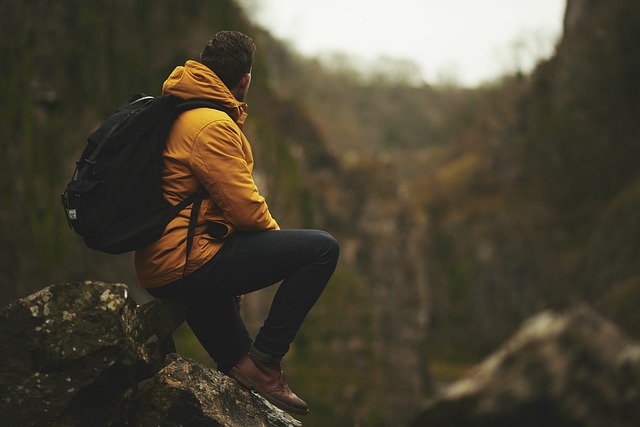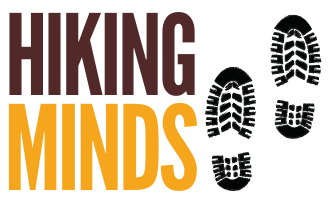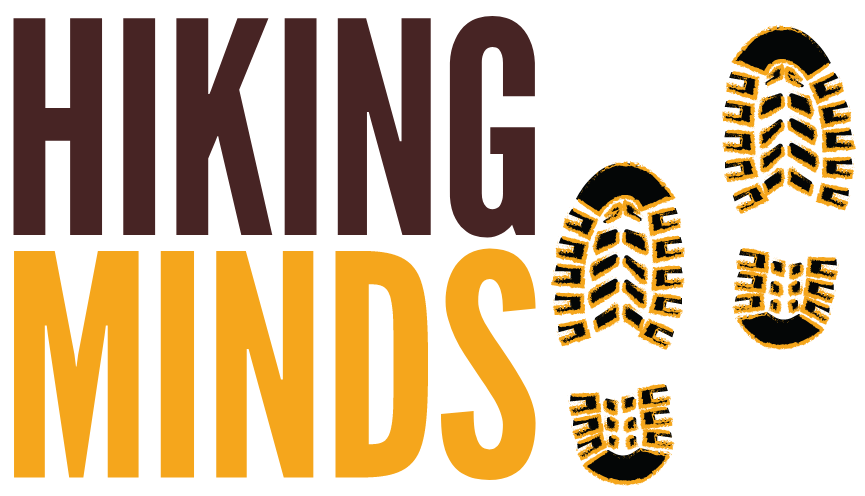Mountaineering
Mountaineering refers to the sport or activity of climbing mountains. It involves ascending steep or rugged terrain, often at high altitudes, using various technical skills and equipment. Mountaineers typically engage in activities such as hiking, rock climbing, ice climbing, glacier travel, and summiting peaks. Mountaineering requires physical fitness, technical proficiency, knowledge of climbing techniques, and an understanding of the risks and challenges associated with high-altitude environments. It is pursued for personal accomplishment, exploration, adventure, and the appreciation of nature’s beauty.

Mountaineering preparations
Preparing for mountaineering requires a combination of physical training, technical skills development, and logistical planning. Here are some steps to help you prepare for a mountaineering adventure:
-
Physical Fitness: Engage in a regular fitness regimen that includes cardiovascular exercises, strength training, and endurance-building activities. Focus on developing strength in your legs, core, and upper body, as mountaineering involves demanding physical exertion.
-
Technical Skills: Depending on the nature of your mountaineering objective, acquire the necessary technical skills. This may include rock climbing, ice climbing, glacier travel, navigation, and rope management. Seek professional instruction or enroll in mountaineering courses to learn and practice these skills in a safe and controlled environment.
-
Altitude Acclimatization: If you plan to climb at high altitudes, gradually acclimate your body to higher elevations. This involves spending time at progressively higher altitudes to allow your body to adjust to the decreased oxygen levels. Ascend slowly, stay hydrated, and pay attention to symptoms of altitude sickness.
-
Equipment and Gear: Ensure you have the appropriate gear for the specific mountaineering objective. This may include a backpack, mountaineering boots, crampons, ice axe, helmet, harness, ropes, and appropriate clothing for varying weather conditions. Invest in quality equipment and familiarize yourself with its proper use and maintenance.
-
Route Research and Planning: Thoroughly research your chosen route, including its difficulty, terrain, potential hazards, and weather conditions. Study maps, guidebooks, and reports from experienced climbers. Plan your itinerary, including campsites, water sources, and emergency exit options. Familiarize yourself with rescue protocols and emergency procedures.
-
Team and Communication: Consider climbing with an experienced partner or joining a guided expedition, especially for more challenging mountaineering objectives. Establish effective communication protocols and ensure everyone in your team understands and follows them. Practice using radios, satellite communication devices, and emergency signaling methods.
-
Mental Preparedness: Mountaineering can be physically and mentally demanding. Develop mental resilience, problem-solving skills, and the ability to manage stress in challenging situations. Maintain a positive attitude, be adaptable to changing circumstances, and understand and respect your personal limits and safety.
-
Safety and Risk Management: Prioritize safety during your mountaineering adventure. Assess and manage risks, stay updated on weather conditions, carry necessary safety equipment (such as a first aid kit and emergency shelter), and have a clear understanding of evacuation procedures. Stay informed about avalanche conditions if applicable.
Remember that mountaineering can be inherently risky, and it is essential to prioritize safety, proper training, and good judgment. Start with smaller, less technical climbs and gradually progress to more challenging objectives as your skills and experience grow. Seek guidance from experienced climbers, mentors, or professional guides to ensure a safe and enjoyable mountaineering experience.

Mountaineering equipment
When preparing for mountaineering, it is essential to have the necessary equipment to ensure your safety and comfort in the mountainous environment. This type of hiking could be dangerous and risky. Here are some of the most necessary equipment items for mountaineering:
- Mountaineering Boots: Sturdy and supportive boots designed for mountaineering with good ankle support, insulation, and a rigid sole for traction on various terrains.
- Crampons: These metal spikes attach to your boots to provide traction on icy or snowy surfaces. Choose crampons that are compatible with your boots and suitable for the terrain you’ll encounter.
- Ice Axe: A versatile tool used for self-arresting in case of a fall on steep slopes, as well as for cutting steps, anchoring, and balance on icy or snowy terrain.
- Helmet: A protective helmet designed for climbing and mountaineering to safeguard your head from falling rocks, ice, or potential impacts during falls.
- Harness and Climbing Rope: A harness is worn around the waist and legs and is used for attaching yourself to a rope during climbing or glacier travel. The climbing rope is essential for safety and rope management during technical sections or roped team travel.
- Carabiners and Quickdraws: Carabiners are used to connect various pieces of climbing equipment together. Quickdraws are pre-connected carabiner-draw combinations, allowing for quick and easy clipping into protection points.
- Backpack: A sturdy and spacious backpack to carry all your equipment, clothing, food, water, and other essential items for your climb. Look for a backpack with proper support, adjustable straps, and attachment points for ice axes and other gear.
- Clothing Layers: Dressing in appropriate layers is crucial to adapt to changing weather conditions. This typically includes a base layer for moisture-wicking, insulation layers for warmth, and a waterproof and breathable outer shell to protect against wind, rain, and snow.
- Navigation Tools: Carry a map, compass, and/or GPS device to navigate and orient yourself in the mountains. Familiarize yourself with their use and ensure you have the necessary skills to navigate effectively.
- Headlamp: A reliable headlamp with extra batteries is essential for navigating in low-light conditions or during early morning starts or late finishes.
Other important items include sunglasses, sunscreen, gloves, a first aid kit, a multi-tool, a whistle for signaling, a water bottle or hydration system, food/snacks, and a shelter or emergency bivy bag.
Remember to choose high-quality equipment that is suitable for the specific conditions and terrain you’ll be facing. Additionally, ensure that you have received proper training and instruction on how to use and maintain the equipment to ensure your safety during mountaineering expeditions.
Frequently Asked Questions for Backpacking Hiking
Q: Do we hike in bad weather?
A: Mountaineering in rainy conditions can significantly increase the risks and dangers associated with the activity. Rain can create slippery and unstable terrain, increasing the likelihood of falls and accidents. It can also lead to decreased visibility, making navigation more challenging. It is important to exercise caution, monitor weather forecasts, and consider postponing or adjusting your plans to ensure a safer mountaineering experience.
Q: What are Microspikes?
A: Microspikes are traction accessories designed to be worn over boots, providing improved grip and stability. These small spikes, located on the underside of the device, enhance traction and facilitate secure foot placement. If the climb or hike necessitates their use, we will supply microspikes for added safety and traction.
Trails
Nature
Forest
Mountain
Coastal
Urban
''The journey of a thousand miles begins with a single step.''

